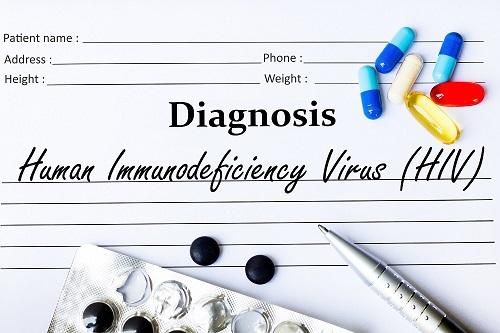CDC: 42% of Transgender Women in Select US Cities Are HIV Positive
The new report highlights the broad disparities in HIV health among different populations, with Black transgender women facing the highest rates of HIV infection.

Transgender women are being infected with HIV at high rates and are in urgent need of HIV prevention and treatment services, according to a new report from the US Centers for Disease Control and Prevention (CDC).
The new HIV Surveillance Report is based on a survey of 1,608 transgender women living in 7 major US cities: Atlanta, Los Angeles, New Orleans, New York City, Philadelphia, San Francisco, and Seattle. The CDC found 4 in 10 of the respondents (42.2%) were infected with HIV. The rate was even higher among Black transgender women, with 61.9% of respondents HIV-positive. Eleven of the 17 American Indian/Alaska Natives surveyed were HIV positive, though they also represented the smallest sample size within the racial and ethnic breakdown in the report. White transgender women had the lowest rate of HIV positivity, at just 17%.
One reason for the high rates, according to Demetre Daskalakis, MD, MPH, director of the CDC’s Division of HIV/AIDS Prevention, is that nearly two-thirds of the women in the study were living at or below the federal poverty level, and 42% had been homeless at some point in the 12 months prior to the study, which was conducted in 2019 through early 2020.
“These data provide a clear and compelling picture of the severe toll of HIV among transgender women and the social and economic factors – including systemic racism and transphobia – that are contributing to this unacceptable burden,” Daskalakis said,.
Those high rates of HIV exist despite the fact that pre-exposure prophylaxis (PrEP) can dramatically reduce the risk of contracting HIV, and patients with HIV can use antiretroviral therapy to suppress viral loads to undetectable levels.
Yet, the CDC report makes clear that such interventions are not making it to all populations.
Only 32% of respondents in the survey who were HIV-negative reported using PrEP. One possible reason is that they fear drug interactions between gender-affirming hormone treatments and PrEP, the report said. The study found two-thirds of participants without HIV were taking such hormones. Other potential factors include mistrust of medical professionals due to experiences of transphobia and a lack of trans-inclusive marketing.
Daskalakis said public health agencies need to do more to directly reach the transgender community.
“Reducing HIV in these communities will require that public health and other providers of social and prevention services design innovative and comprehensive status-neutral solutions to overcome barriers to whole person prevention and care,” Daskalakis said.
Notably, while use of PrEP was low, a majority of transgender women who contracted HIV said they are receiving healthcare post-infection. Nearly all of the respondents (95%) said they had visited a healthcare provider for HIV, and 63% said that visit came within one month of diagnosis, and 89% saying they saw a provider within six months of their survey interview. Fully 90% of HIV-positive transgender women in the survey said they were using antiretroviral therapy.
The CDC has set a goal of reducing new HIV infections by 90% by 2030 as part of its Ending the HIV Epidemic initiative. The CDC also said it will spend nearly $11 million per year in a 5-year program to fund community-based organizations’ efforts to facilitate HIV testing, care linkage, and prevention services among the transgender population





















